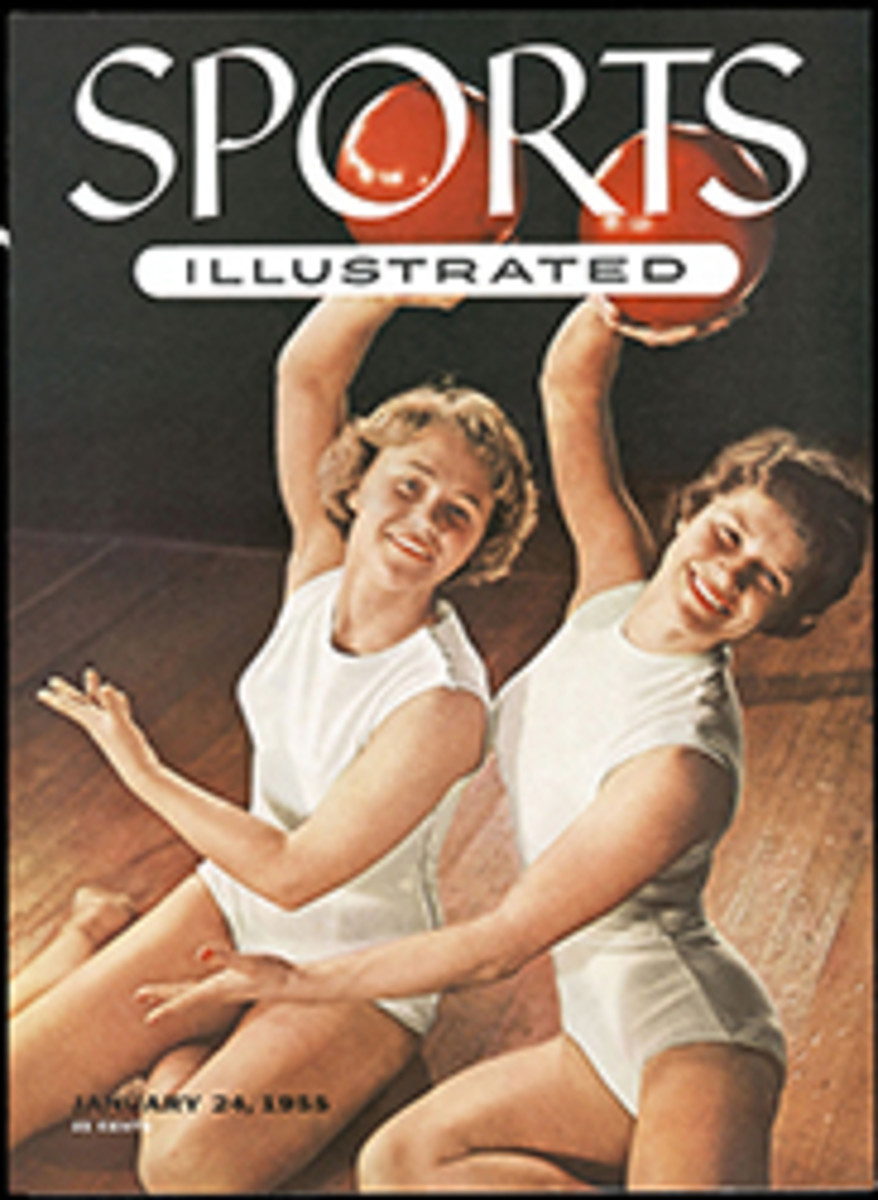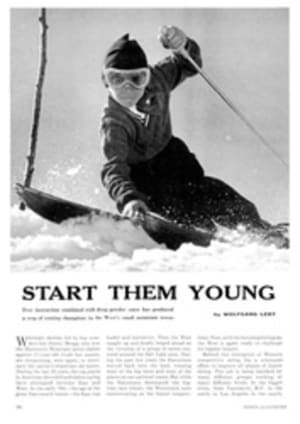
YOU SHOULD KNOW: if you're going to an Ice hockey game
More than speed
Ice hockey is one of the fastest of all games, and to many people it is exciting simply because of the speed and action involved. Basically, the purpose of the two opposing teams is to propel a black rubber disc (called a puck) with a flat-bladed, long-handled stick past a line running across the front of each other's goal cages. When crack professional or amateur teams play it nowadays, there is a lot more than just speed and violence involved; because it is so fast a game, its finer points are not easily spotted but they are well worth knowing and looking for.
The rink
The hockey rink, a natural or artificial sheet of ice indoors or outdoors, is usually 185 to 200 feet long, 85 feet wide, rounded slightly at the corners and enclosed by a sideboard (called the boards). Goals are placed at either end of the rink, at least 10 feet from the end boards. The goals are four feet high, six feet wide and backed with netting. The rink is divided, by blue lines drawn across its width, into three basic zones. The area nearest a player's goal is the defensive zone and the one nearest his opponent's goal is the attacking zone. The ice in the middle of the rink between these zones is the neutral zone.
Moving the puck
Moving the puck in hockey is restricted by the blue lines marking the attacking zone for each side. Since hockey is, like football, an "on-side" game, the puck must precede the players into the attacking zone. If a player precedes the puck into the zone his team is off-side and a face off is called. This maneuver involves dropping the puck between two players on opposing sides. The players try to slap the puck to a teammate to organize an attack. Ice hockey is usually played in three periods of 20 minutes each, sometimes with an extra, or overtime, period to resolve tie scores. A victory counts two points in hockey standings and a tie one point.
The players
There are six players to a side in ice hockey—a goaltender, two defensemen and three forwards (two wings and a center). The forwards are the attacking players. The wings are picked for speed, agility and shooting prowess. The center is the playmaker on attack, organizing sorties on the goal. Hockey calls for such sustained action that coaches usually interchange three sets of forwards during the game so as always to have fresh forwards on attack.
The play
Hockey at its peak demands marvelous skating ability. As you learn about the game you will also appreciate the importance of stick work. Watch the puck and try to follow the development of a scoring play. A cleanly executed attack set up with a series of passes is a marvel of cooperation and skill. Feinting to lure the opponent out of position for the change of direction that instantaneously follows is a highly developed art. And a good goalie at work in a mix-up provides one of the most exciting sights in sports.
Penalties
An unusual feature of ice hockey is its penalty setup. Fouls are called for tripping, deliberate injury, fighting, high-sticking, cross-checking, molesting officials and slashing, to name the most common. In general, a player guilty of a foul must spend an allotted number of minutes in the penalty box. Usually, no substitute is permitted, which leaves his team shorthanded.
Ready for the game
For outdoor hockey, dress warmly. Don't be fooled at indoor hockey either; it will be colder than you think. Your best seats are along the side near center ice. If you sit near the rink, be alert for flying pucks. And if you watch the action with a knowing eye, you'll find that ice hockey offers far more rewards than just the speed and violence so often associated with it.

